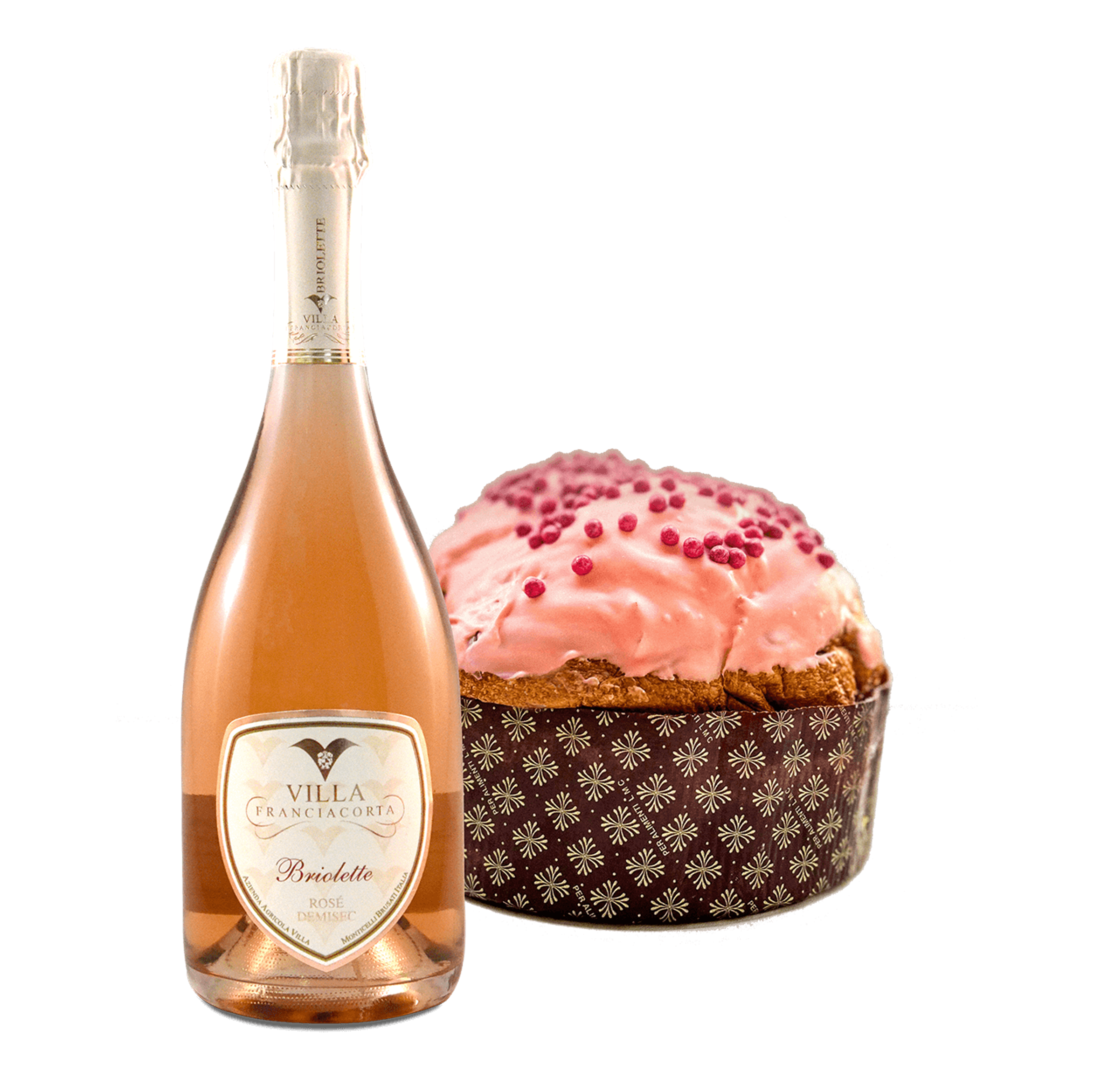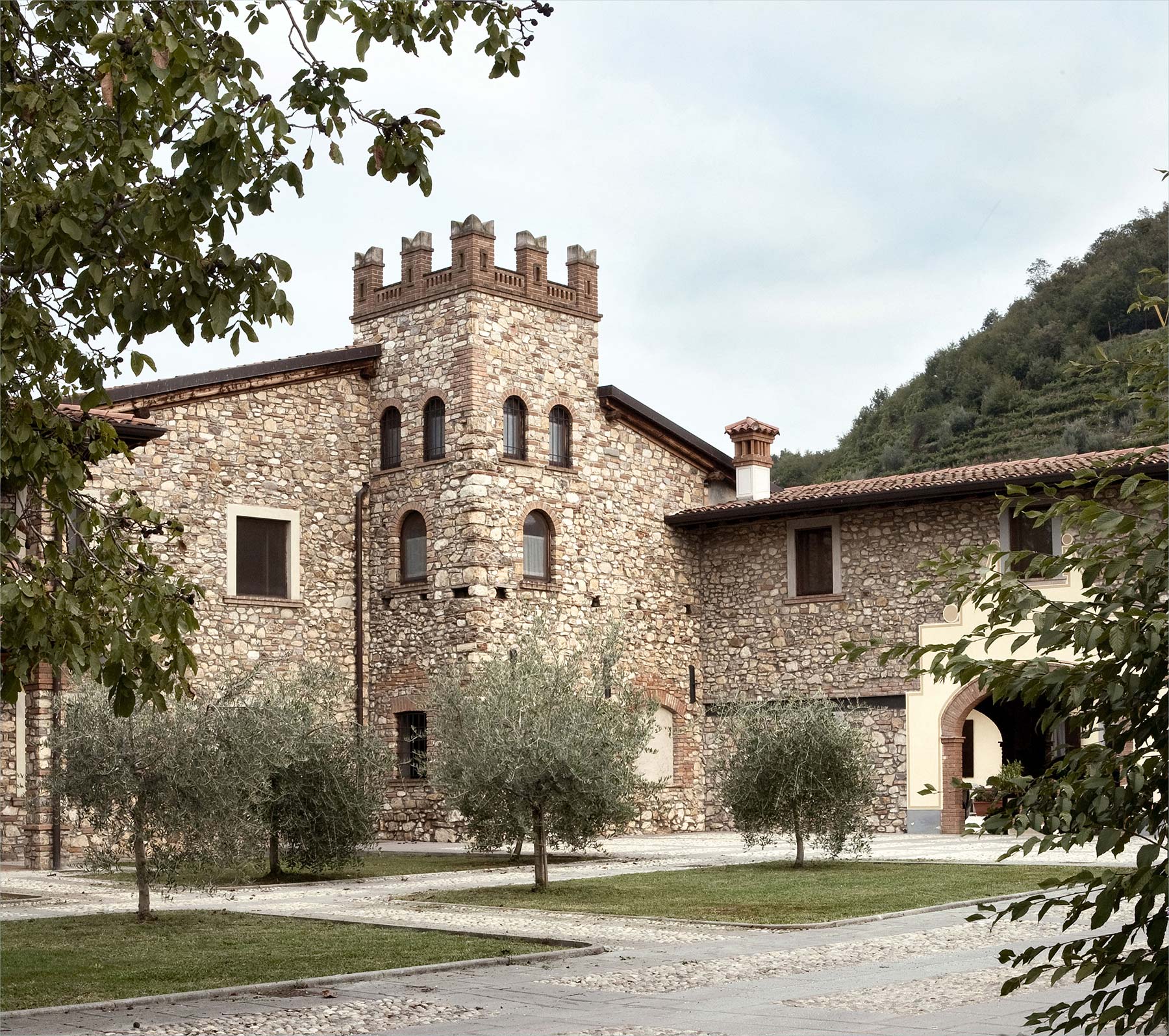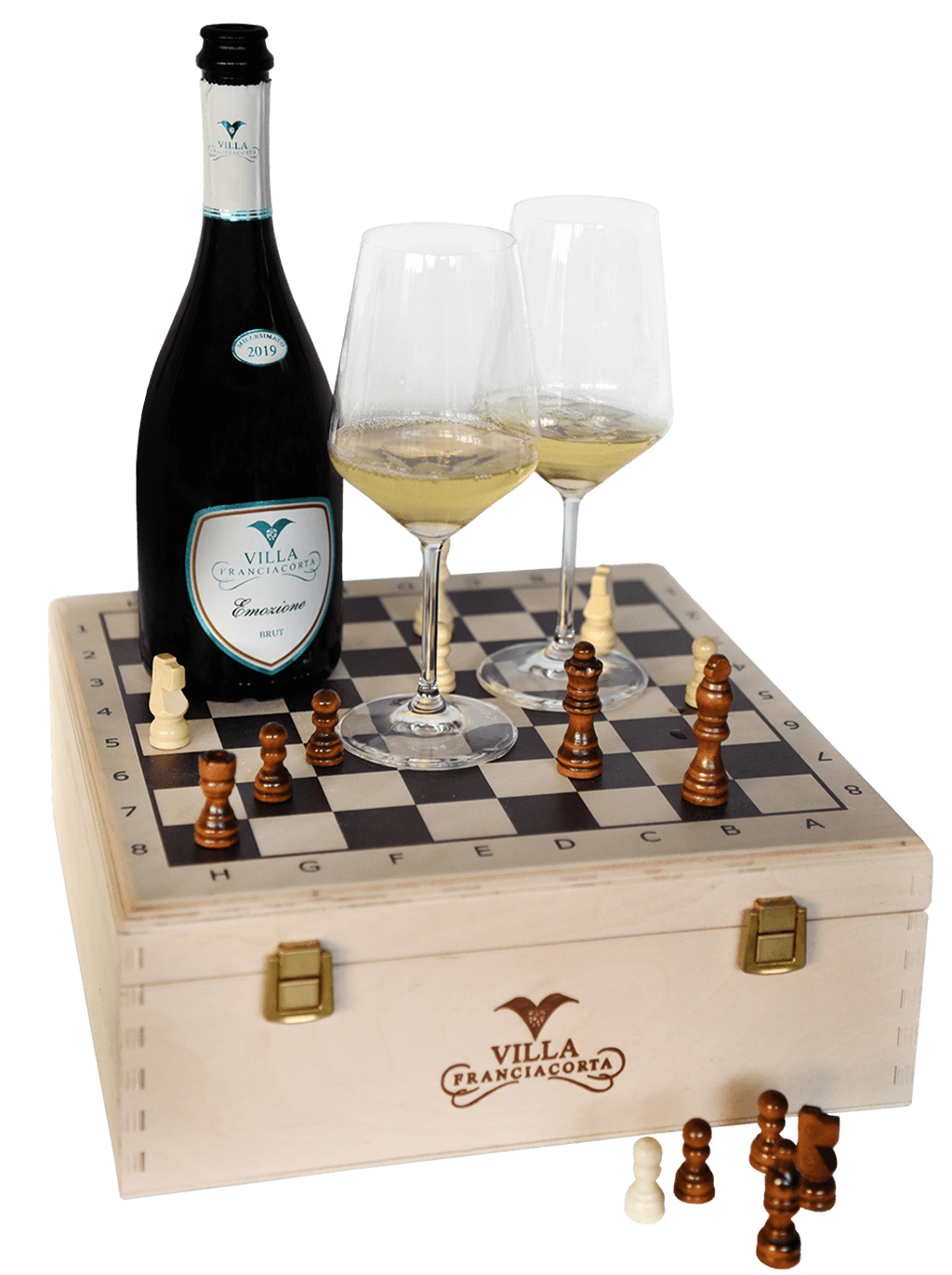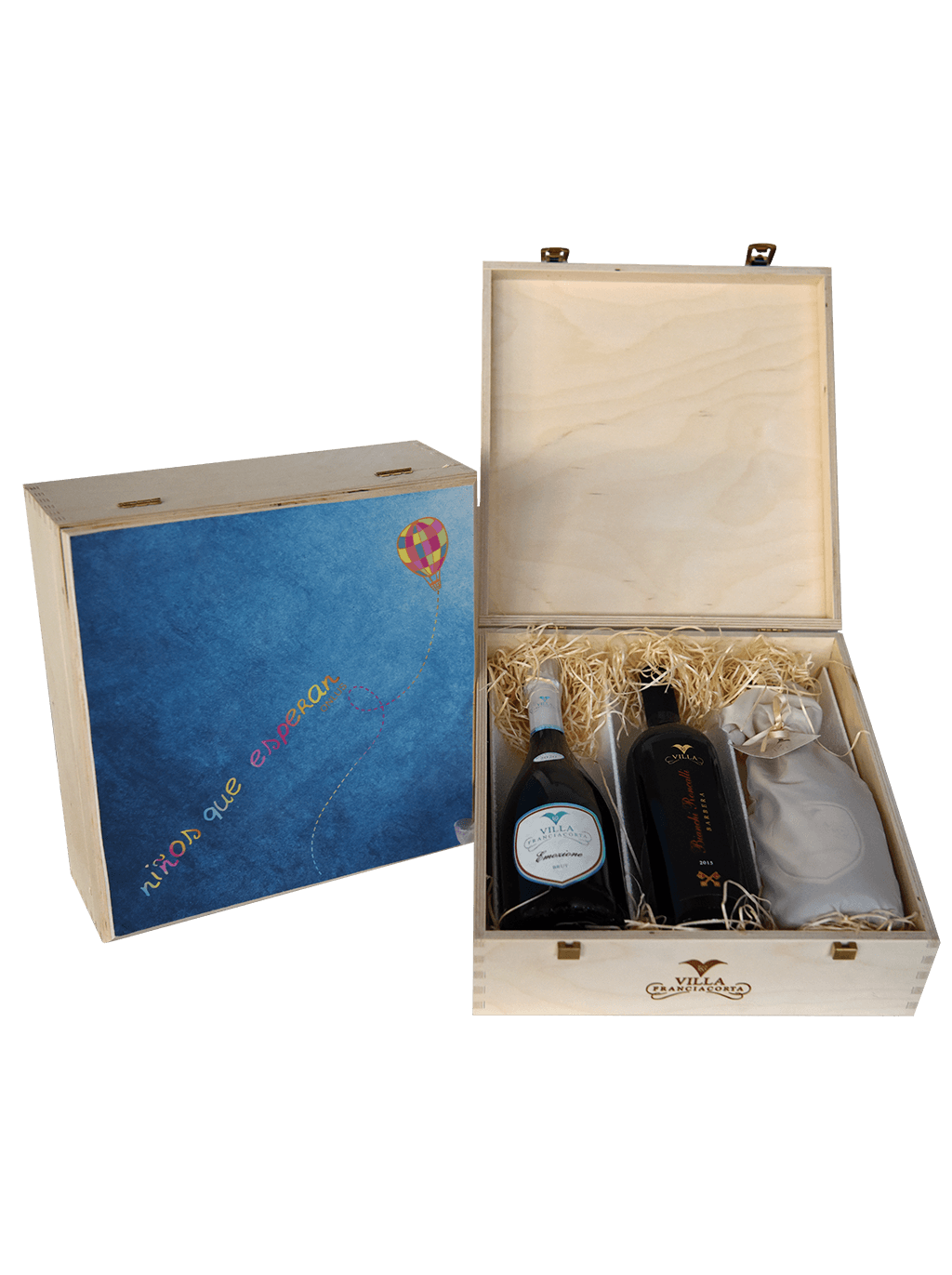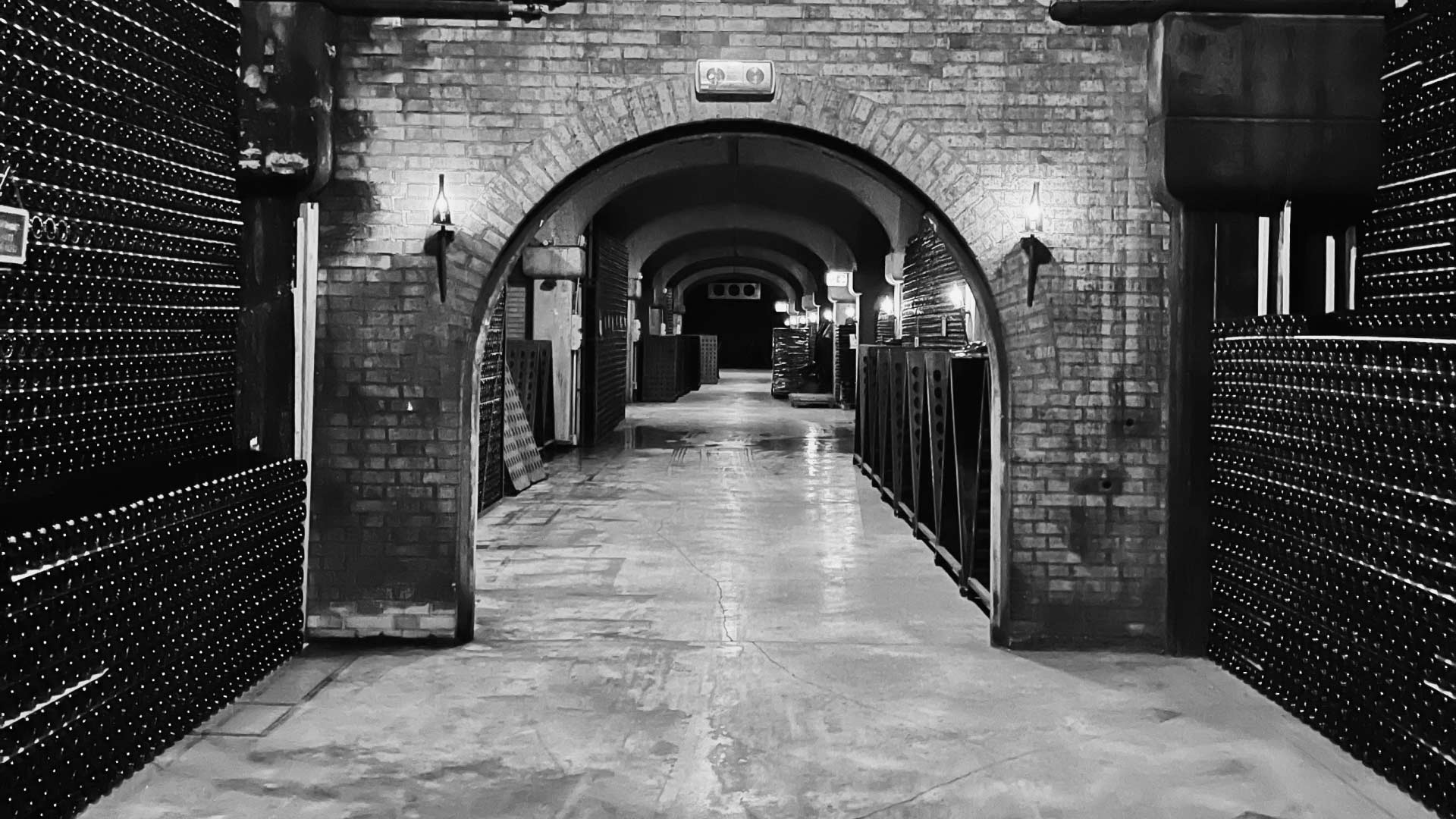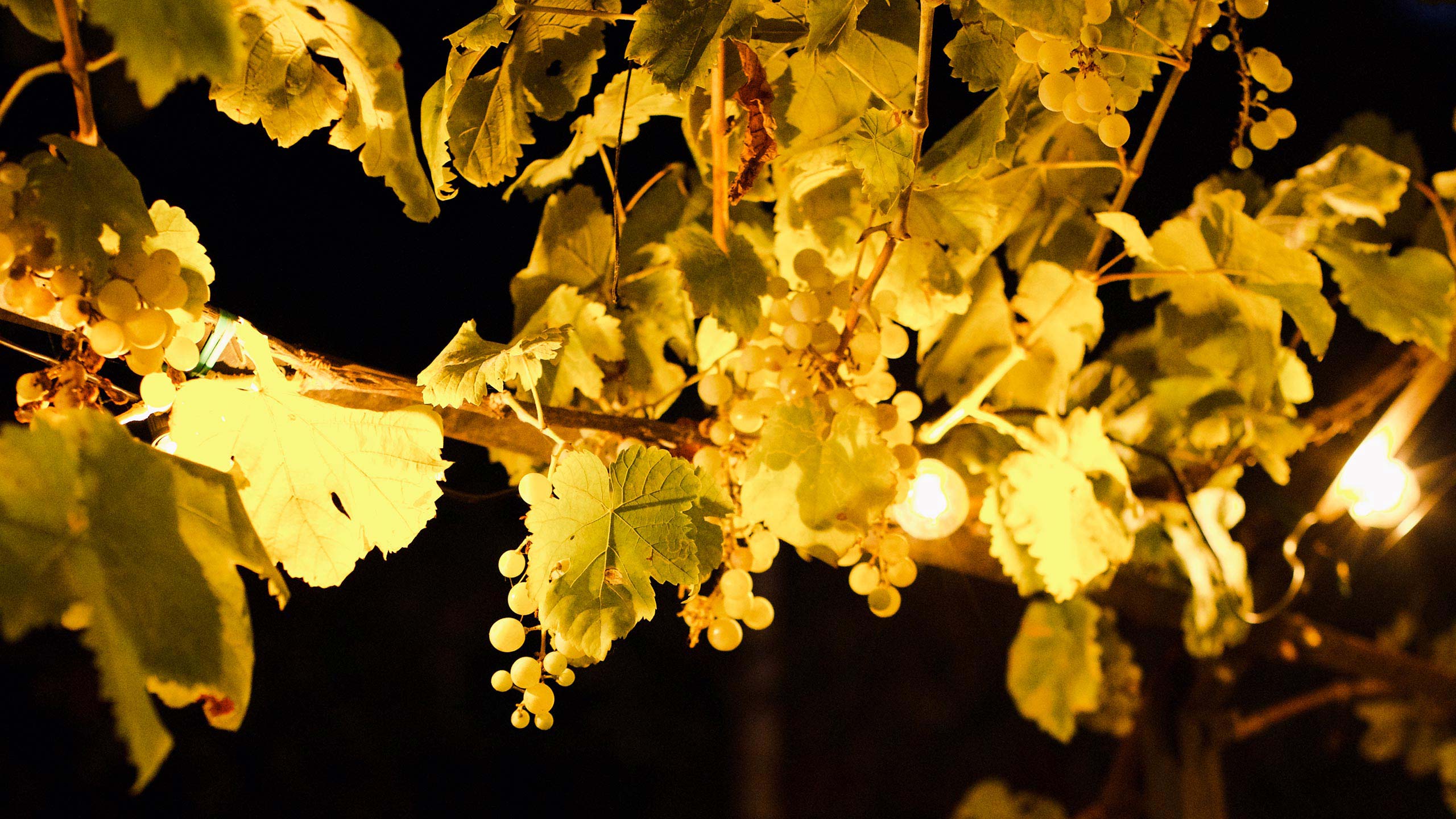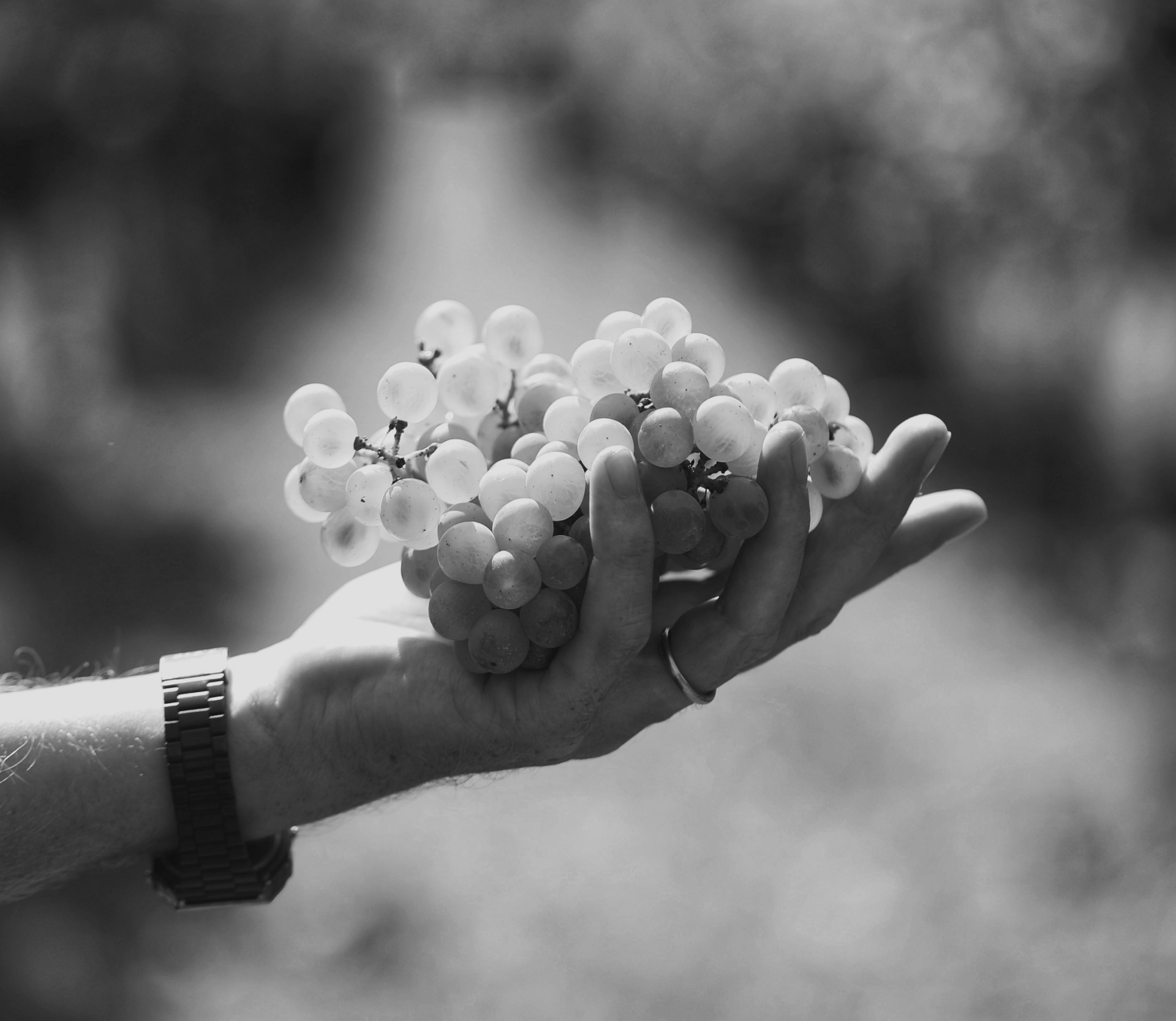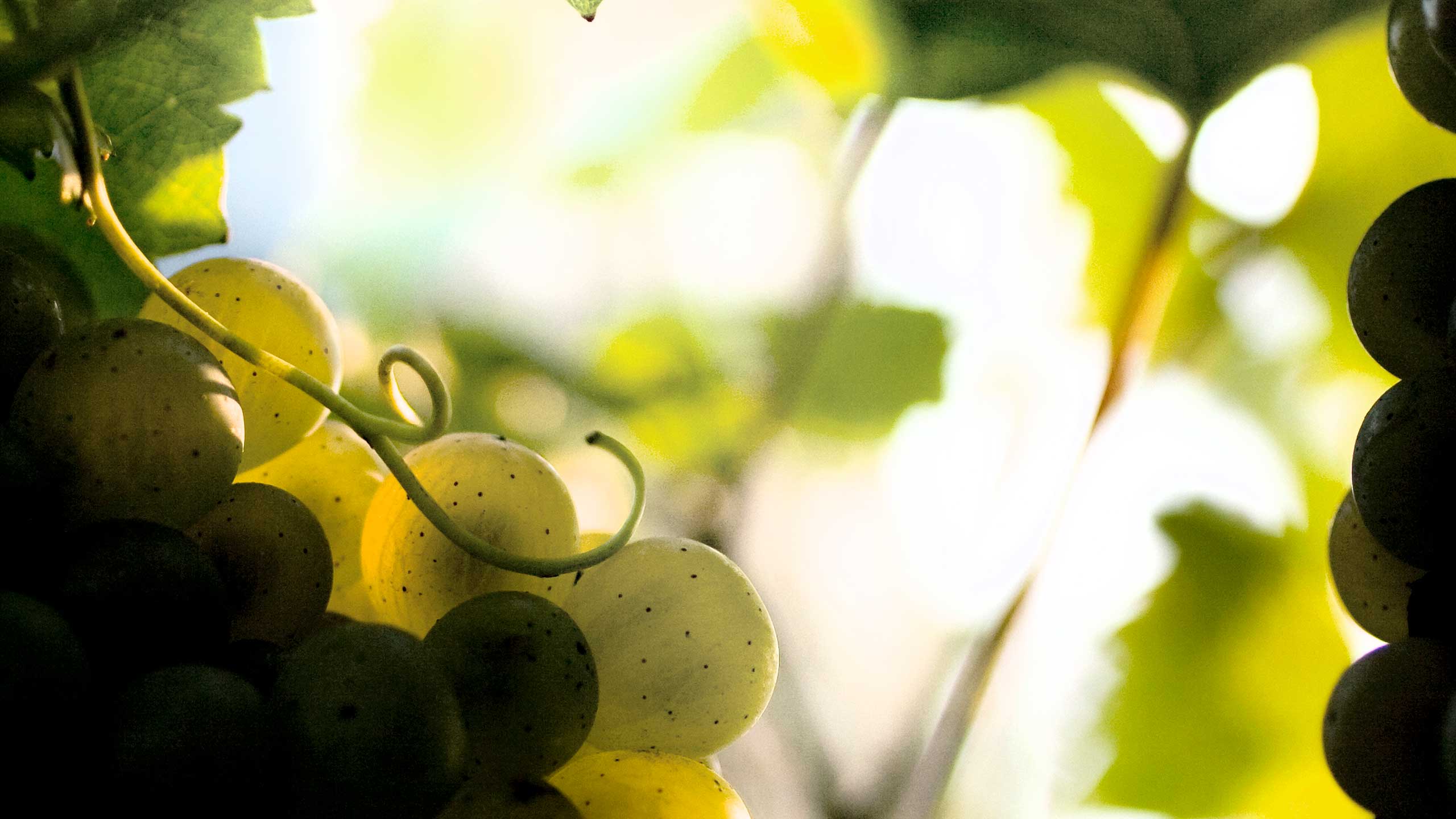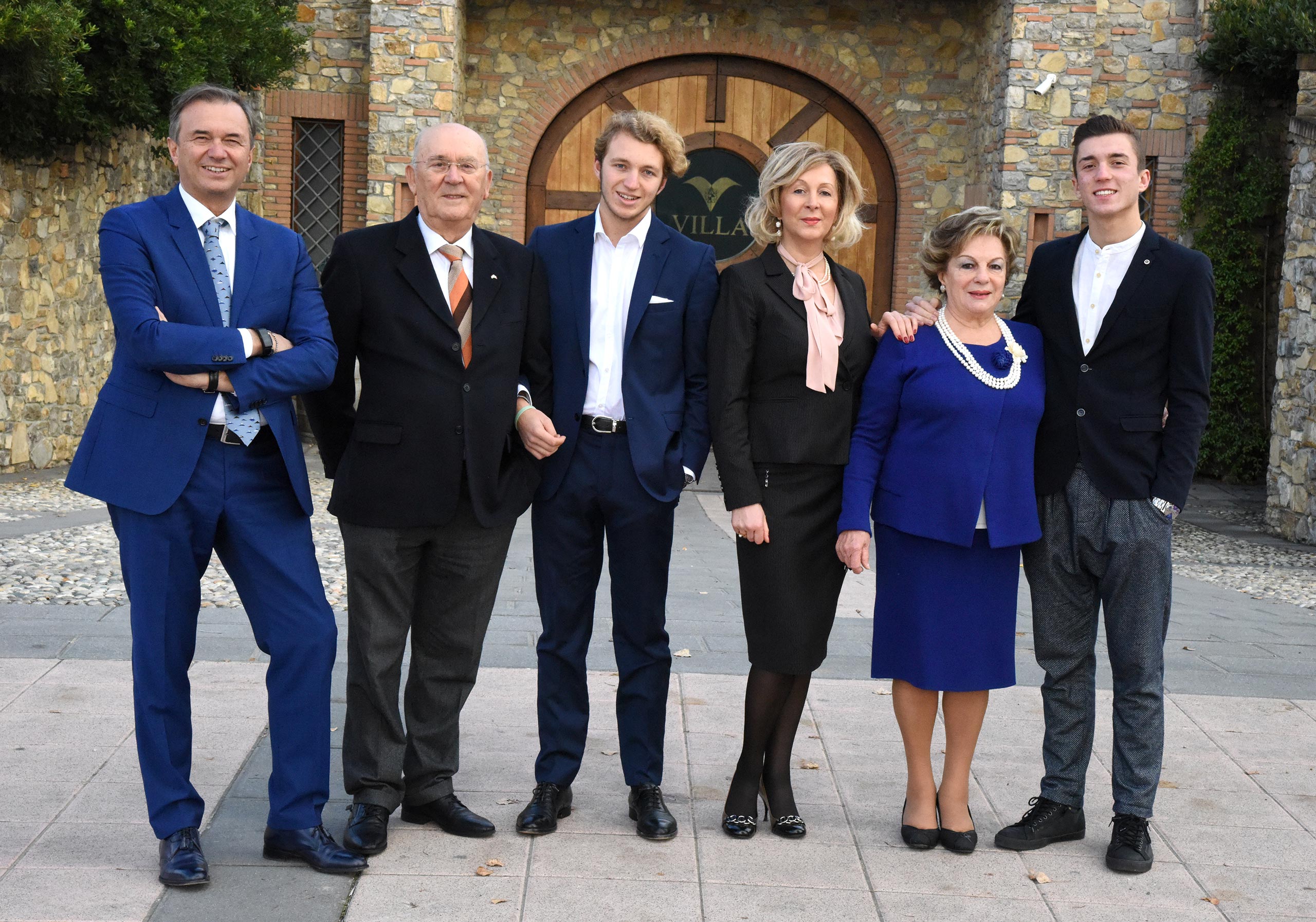Collaborations
There have been many operations carried out in collaboration with universities: from the zoning of the land in the 1960s/70s to the commissioned clones of 40-year-old Pinot plants (there was no distinction between Pinot Blanc and Chardonnay) found on the estate in 1960, and whose genetic heritage was preserved thanks to the meticulous work of the University of Piacenza. Today, these vines are a source of pride for the estate, representing a level of agriculture that is unmatched. These plants were selected for their strong resistance to Golden Flavescence and today produce surprising and unique aromatic and gustatory expressions.
In 2013, a new collaboration was established with the Department of Enology and Microbiology at the University of Florence, which began a study and research aimed at isolating yeasts present in the winery.
















